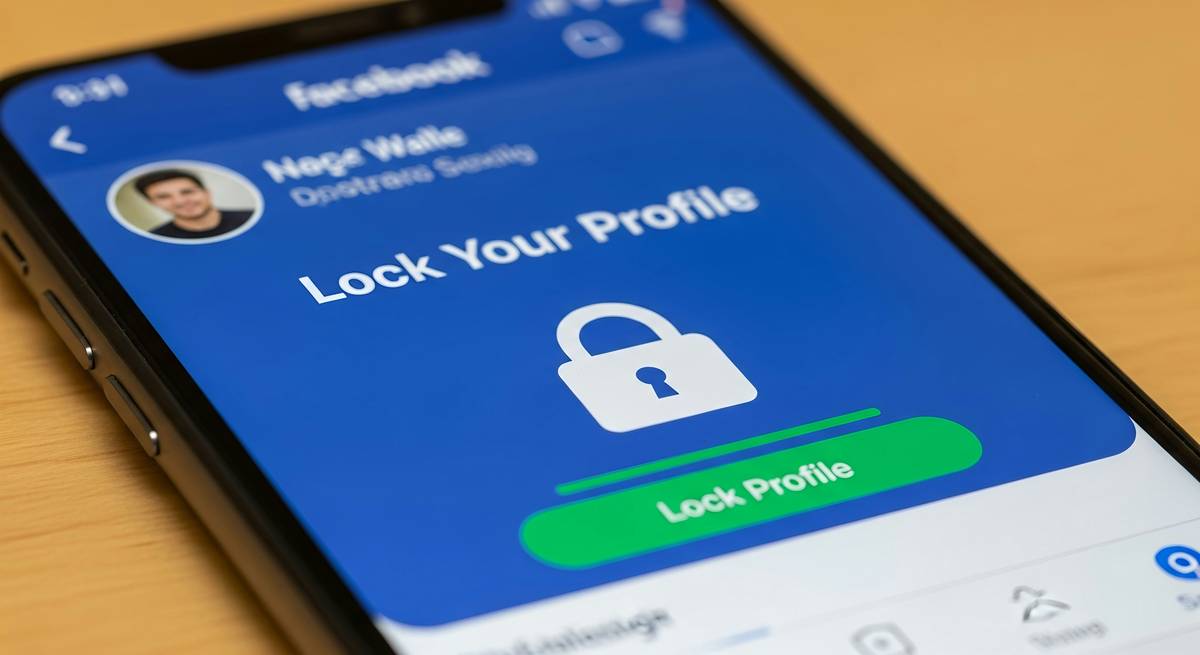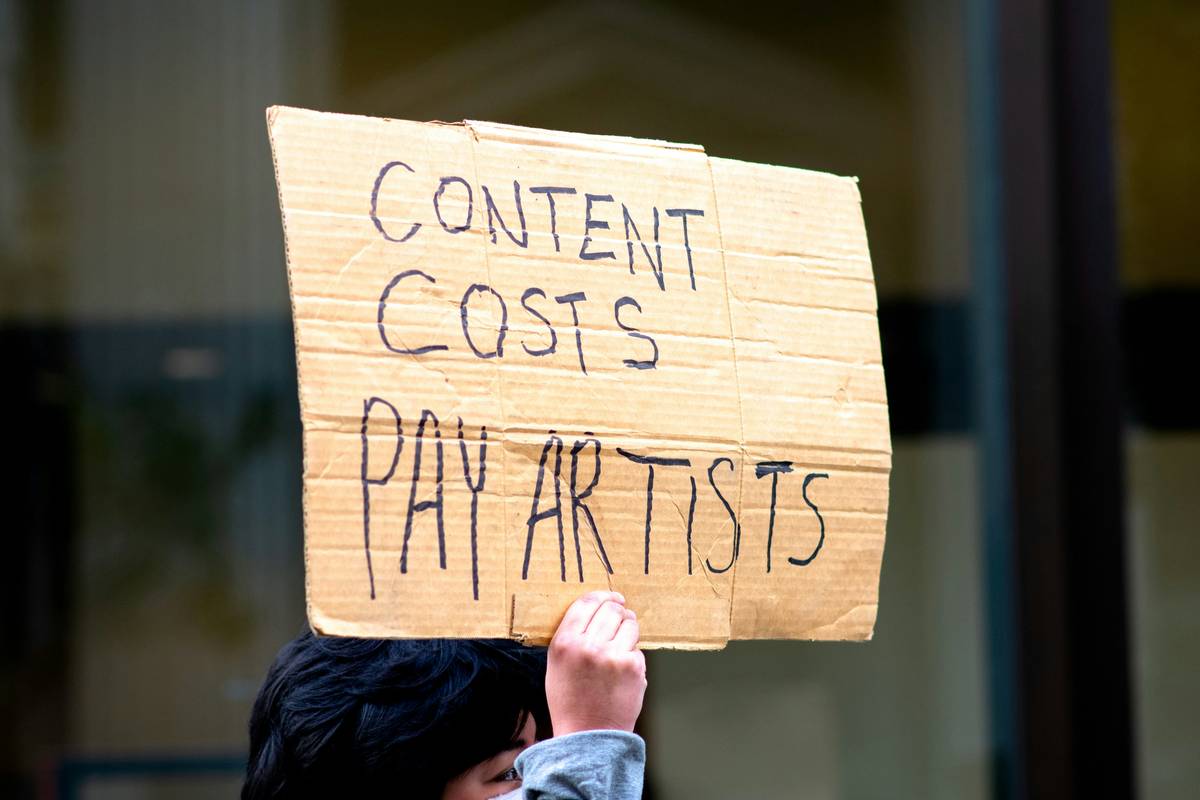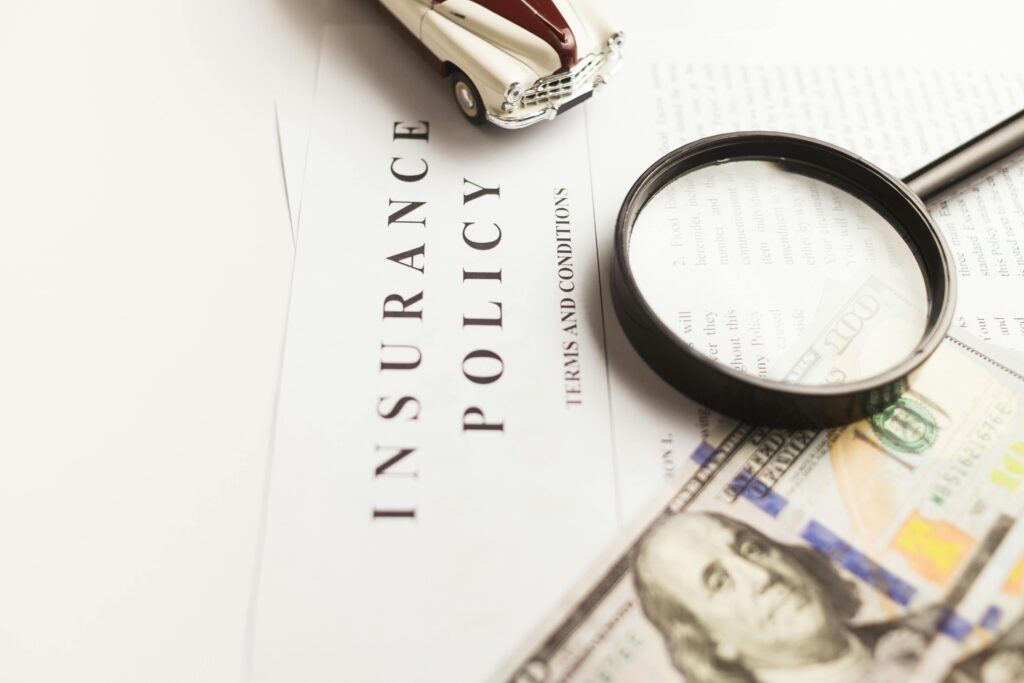Ever lost all your social media content in one fell swoop? One accidental hit of the delete button or a rogue hacker can wipe out months—or even years—of hard work. Sounds familiar?
In today’s fast-paced digital landscape, where media reigns supreme, knowing how to protect yourself against such disasters is crucial. Enter content damage insurance, the unsung hero of the personal finance world tailored specifically for creatives and media professionals. This guide will walk you through what content damage insurance is, why it matters, and how you can secure your online assets effectively.
Table of Contents
- Key Takeaways
- The Problem With Unprotected Digital Content
- How To Get Started With Content Damage Insurance
- Tips For Maximizing Your Content Damage Insurance
- Examples and Case Studies
- FAQs About Content Damage Insurance
- Conclusion
Key Takeaways
- Content damage insurance protects your digital media assets from loss due to hacking, deletion, or system failure.
- It’s especially relevant for freelancers, marketers, and influencers who rely on their online presence for income.
- You don’t need every type of coverage—just focus on policies that address your biggest risks.
- Avoid hidden pitfalls like overpaying for unnecessary add-ons by doing thorough research beforehand.
The Problem With Unprotected Digital Content

Imagine this: You wake up to find your Instagram feed blank. Or worse, your entire YouTube channel has vanished. It sounds dramatic, but these scenarios are more common than you might think. According to recent cybersecurity reports, over 40% of small businesses experience some form of significant data loss each year.
“Grumpy You:* ‘Ugh, backups should have saved me!’
Optimist You:* ‘Well, at least I learned my lesson early.'”
Here’s another gut-punch: Many traditional insurance policies won’t cover digital losses. That’s where content damage insurance comes in—it’s designed to safeguard your creative work, whether it’s photos, videos, podcasts, or written content. Think of it as a safety net when life throws tech curveballs.
How To Get Started With Content Damage Insurance
- Evaluate Your Risks: What kind of media do you produce most often? Videos? Photos? Blogs? Identify what needs protecting first.
- Shop Around: Not all insurers offer the same coverage. Use comparison sites or consult an insurance broker familiar with media policies.
- Understand Coverage Limits: Some plans cap payouts per incident or annually. Make sure the limits align with the potential value of your assets.
- Review Exclusions Carefully: Watch out for exclusions related to cyberattacks, which are increasingly common.
Pro Tip: “This part is chef’s kiss if you’re willing to invest a little time upfront to avoid massive headaches later.”
Rant Break: Why No One Talks About Recovery Time
Let’s get real here—the real kicker isn’t losing files; it’s the DOWNTIME. Rebuilding everything takes FOREVER. Ever tried re-shooting an ad campaign because someone deleted the original footage? Whirrrr… yeah, it sounds like your laptop fan during a 4K render session. But hey, good news: Proper insurance speeds things up. Just saying.
Tips For Maximizing Your Content Damage Insurance
- Backup Regularly: Yes, even if you’re insured, having a secondary backup ensures faster recovery.
- Document Everything: Keep records of your work, including file types, formats, and dates created.
- Audit Annually: Reassess your policy yearly to reflect changes in your portfolio or risk profile.

Examples and Case Studies
Take Sarah, a travel vlogger with 50k subscribers. Last year, her GoPro files worth $10,000 were corrupted during editing. Thanks to her content damage insurance policy, she received compensation within weeks and could hire pros to restore key clips. Result? Her video still went viral, no sweat.
Terrified yet? You should be—but not TOO terrified. A solid strategy saves the day.
FAQs About Content Damage Insurance
Q: Is content damage insurance expensive?
Not necessarily. Premiums vary based on the scope of coverage and your risk level. Freelancers may pay less compared to larger media agencies.
Q: Does my homeowner’s insurance cover digital content?
Rarely. Most home-based policies exclude digital property unless explicitly stated otherwise.
Q: Can I insure archived content too?
Absolutely. Check with providers about covering older projects stored offline.
Conclusion
We’ve covered why content damage insurance is vital for anyone producing digital media, explored actionable steps to get started, and shared insider tips to maximize your policy. Remember, prevention beats panic every time. So, while nobody *wants* to think about worst-case scenarios, being prepared makes all the difference.
Like a Tamagotchi, your online assets need daily care—and robust protection when disaster strikes.
Let me know if any section requires additional tweaking or adjustments!


